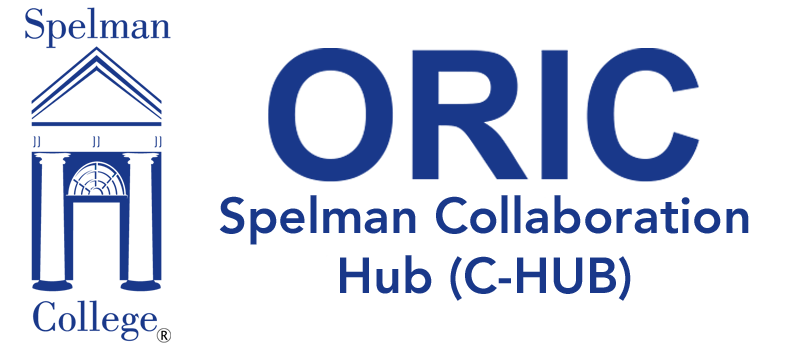
Faculty Name
Armita Davarpanah, Ph.D.
Title
Assistant Professor
Department
Environmental & Health Sciences
Office Location
Albro-Falconer-Manley Science Center 344
Education
Ph.D., Georgia State University DepartmentsM.S. Georgia State University
B.S. Azad University, Iran
Biography
Dr. Armita Davarpanah is an assistant professor of environmental and health sciences at Spelman College. She has a B.S. degree in chemistry and M.S. and Ph.D. in geochemistry and GIScience, respectively.
She applies GIScience to the spatial and temporal analyses of dynamic Earth and environmental processes. Her research integrates geospatial analysis and semantic knowledge modeling with ontologies of natural hazards, effects of climate change on water, energy, and food resources, impact of COVID-19 on the UN Sustainable Development Goals (UNSDGs) indicator data, semantic modeling of rare earth element mineral system, urban environmental challenges of conservation and protection, and women empowerment through education, gender equality, and social justice.
Dr. Davarpanah is passionate about teaching and adopts the “lifelong learning mindset.” She has been teaching several core courses in geoscience, GIScience, environmental, and atmospheric science at both public (GSU) and private universities(Spelman, Morehouse, Emory) since 2014. She believes in integrating new technologies in Earth/environmental science courses and combining theory with practical field experience.
Courses Taught
Introductory CoursesGeoscience (Physical and Historical Geology, Introduction to Land forms, Integrated Earth Science (NSCI), Mineralogy, Weather and Climate, Air and Atmospheric Science, Environment (Environmental Science, Environmental Biology)
Specialized Courses
Crystal and Optical Mineralogy; Geographic Information Science (GIS); Global Climate Change; Water Resources and Management; Sustainable Development; and Industrial Ecology
Research Interests
ACADEMIC SPECIALIZATIONS AND RESEARCH INTERESTS
GIScience. Her research interest lies at the intersection of these two fields with geoinformatics, focusing on geospatial and knowledge modeling by building ontologies.
She applies the geospatial semantics approach to investigating geological, environmental, and urban problems.
HER RESEARCH INVOLVES...
RESEARCH
Current Projects
Semantic modeling of the following...
- - the impacts of the COVID-19 pandemic on Socioeconomic Status (SES) with a focus on Environmental Justice
- - 2030 UN Sustainable Development Goals (UNSDGs)
- - the role of Science, technology, and innovation (STI) in the implementation of the (UNSDGs)
- - natural hazards (e.g., flood, monsoon)
- - rare earth element (REE) mineral system
Student Projects
- - Spatio-temporal analysis of surface and groundwater contamination in the Chattahoochee River
- - GIS-based analysis of oil pollution in the Niger Delta region of Nigeria
Recent Projects
- - Cenozoic sedimentation and extensional events around Eastern Snake River Plain
- - Projecting pathways to food-energy-water (FEW) sustainability through ontology
- - Anisotropy of fractal dimension of normal faults in northern Rocky Mountains.
- - Exploration of karst aquifers applying spatial analysis, geostatistics, and hydrogeology
- - Semantic modeling of plastic deformation of rocks
- - Ph.D. dissertation: Spatio-Temporal Analyses of Cenozoic Normal Faulting, Graben Basin Sedimentation, and Volcanism around the Snake River Plain, SE Idaho and SW Montana
http://scholarworks.gsu.edu/geosciences_diss/6/ - - M.S. thesis: Petrographic and geochemical analyses applying polarized light microscopy (PLM), electron microprobe (EPMA/EMX, isotope dilution mass spectrometry (ID-MS), and X-ray fluorescence (XRF). http://scholarworks.gsu.edu/geosciences_theses/19/
Publications
Babaie, H. A., Davarpanah, A., Dhakal, N., 2019. Projecting pathways to food-energy-water systems sustainability through ontology. Environmental Eng. Sci., 36, 808-819.Davarpanah, A., Babaie, H. A., Dai, D. 2018. Spatial autocorrelation of Neogene-Quaternary lava along the Snake River Plain, Idaho, USA. Earth Science Informatics, 11, 59-75.
Babaie, H. A., and Davarpanah, A. 2018. Semantic modeling of the experimental plastic deformation of polycrystalline rock. Computers and Geosciences, 111, 213-222. Doi: 10.1016/j.cageo.2017.11.002.
Davarpanah, A. and Babaie, H. A., 2013. Anisotropy of fractal dimension of normal faults in northern Rocky Mountains: Implications for the kinematics of Cenozoic extension and Yellowstone hotspot’s thermal expansion. Tectonophysics, 608, 530-544.
